1. Canned Lobster
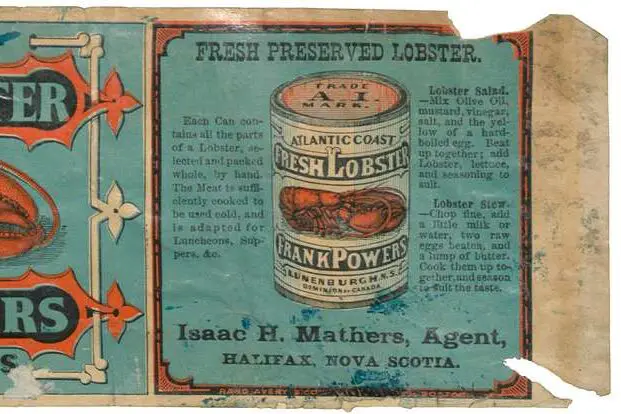
Yes, lobster in a can was once the height of fancy. While today it might make you raise an eyebrow, back in the ’60s, having canned lobster on hand meant you were ready to impress. It was often used in casseroles or folded into creamy dips served in hollowed-out bread bowls. Hostesses would beam as they told guests they were serving lobster—even if it came from the pantry instead of the sea says Chowhound.
It wasn’t cheap either, which added to the sense of luxury. The convenience of skipping the shell-cracking mess made it even more appealing. It felt exotic, yet accessible, and it made weeknight dinners seem like something special. People didn’t question the can—if it said “lobster,” it was automatically elegant added Best Products.
2. Canned Chicken à la King
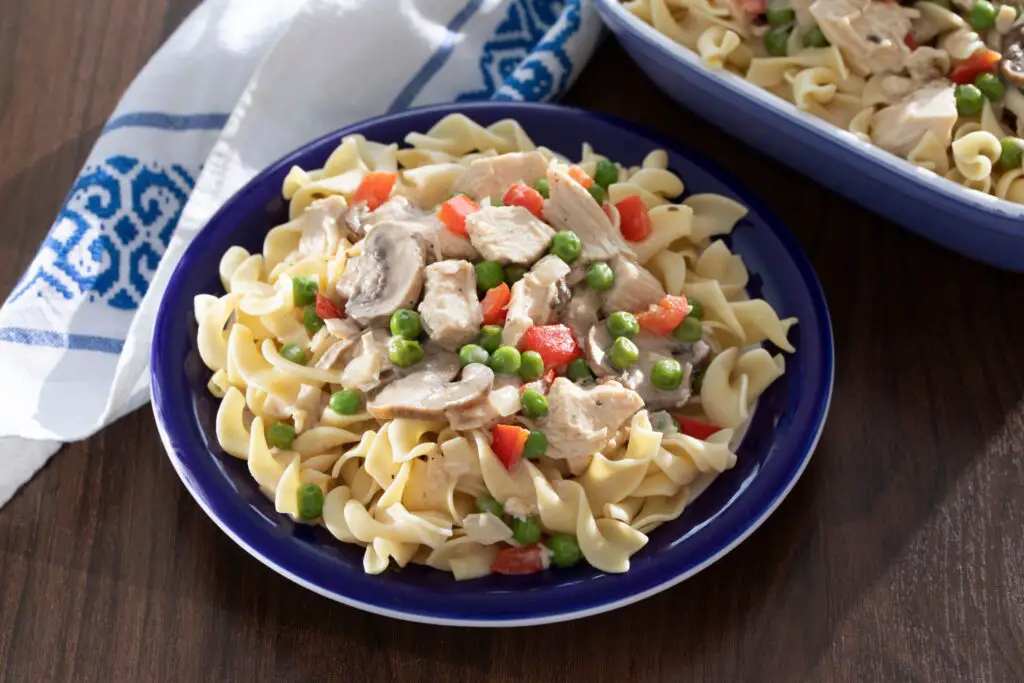
This one was a regular star on the dinner table during the ’60s, and it came with a name that sounded delightfully regal. Canned Chicken à la King was creamy, chunky, and poured over toast or rice like it was fine French cuisine. It had a richness that made people feel like they were indulging, even if the meal came together in under 10 minutes shares Allrecipes.
What helped it feel gourmet was how it mimicked something you’d expect from a hotel dining room. You didn’t need a recipe or even a pot—just a can opener and a stove. The peas and pimientos gave it color and flair, and that smooth, velvety sauce made everything feel just a little more elegant. For many, it was the ultimate comfort food with a side of sophistication shares Tasting Table.
3. Canned Escargot
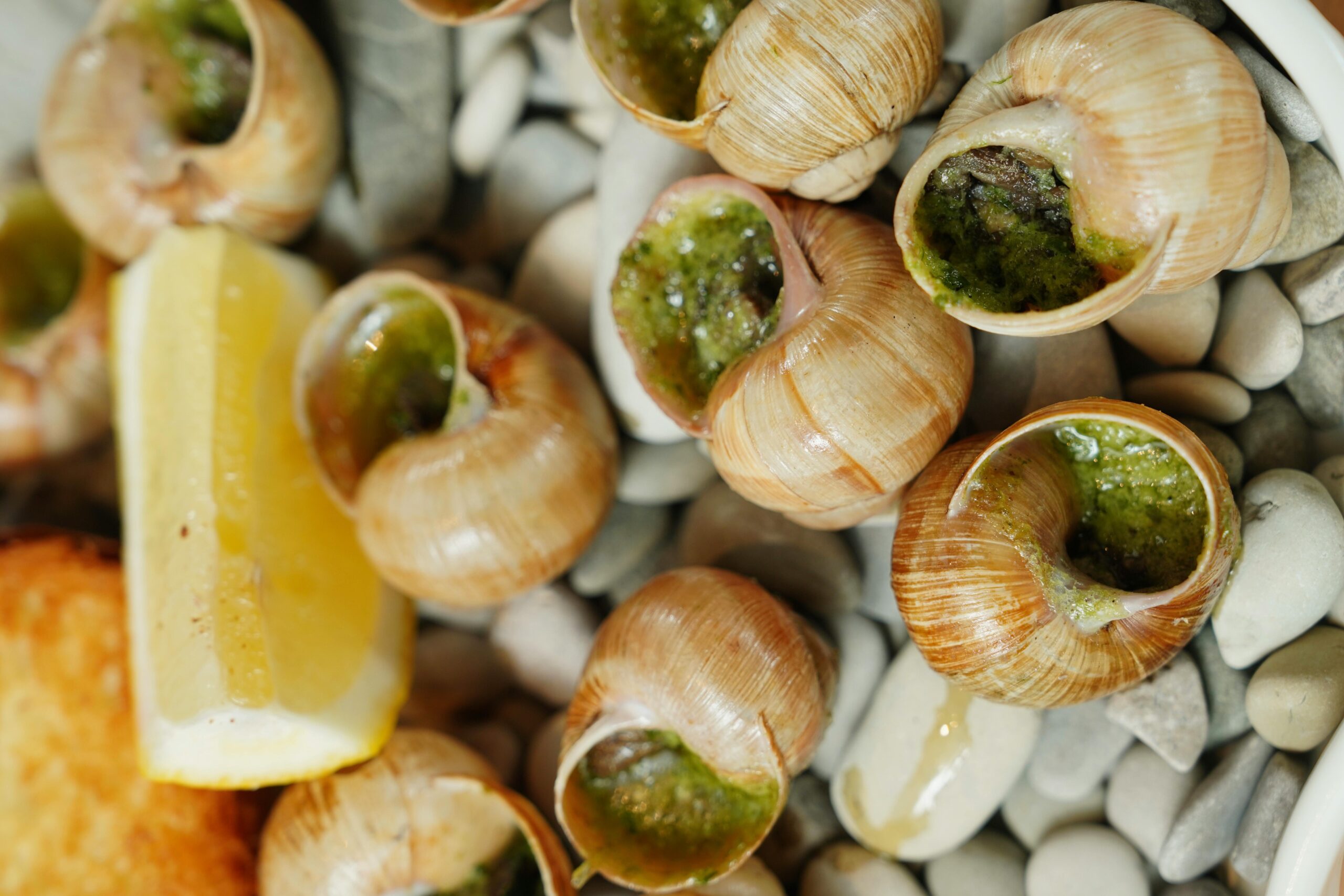
Believe it or not, snail in a can was a sought-after delicacy in the ’60s. Imported from France and tucked into tiny metal tins, canned escargot made anyone who served it seem impossibly worldly. You’d pop them into special escargot plates, drown them in garlic butter, and bake until bubbling. Guests would ooh and ahh, sipping wine like they were in Paris.
This wasn’t just dinner—it was a statement. It told the world (or at least your dinner party) that you had taste. Even if you’d never left your hometown, canned escargot gave you that cosmopolitan glow. Sure, some people were hesitant, but many embraced it with adventurous enthusiasm.
4. Canned Swedish Meatballs
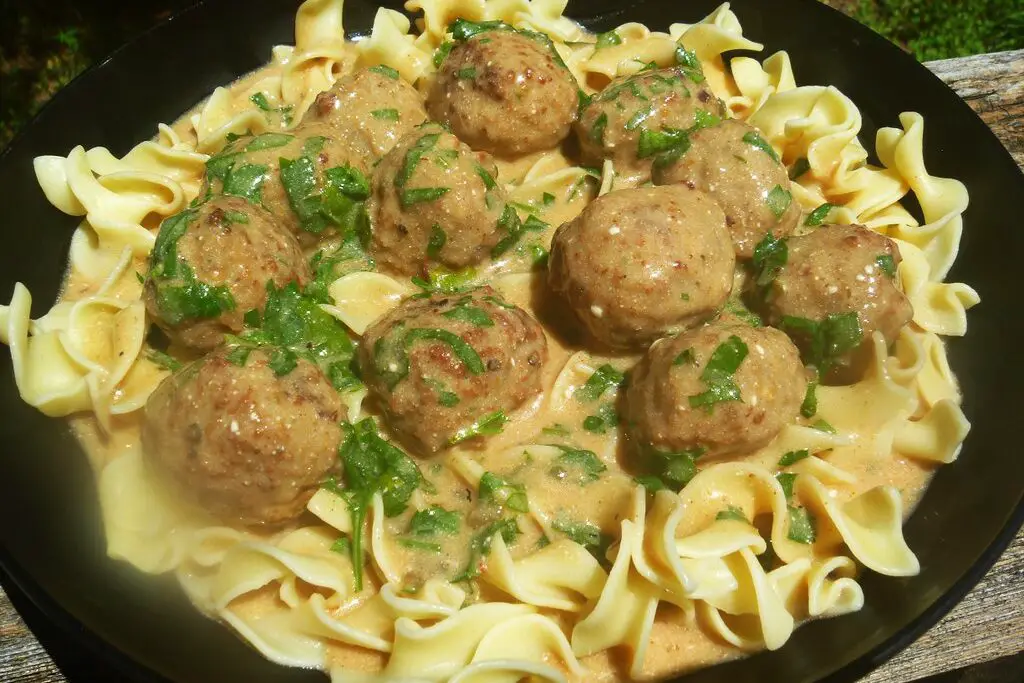
These weren’t your basic meatballs—they were a creamy, spiced wonder in a can. Often served over noodles or toothpicked at parties, canned Swedish meatballs were a staple of mid-century entertaining. The sauce was what made them feel upscale—silky, slightly tangy, and completely comforting. They were hearty and filling but still felt like something you might get in a nice restaurant.
Busy moms and cocktail party hosts alike reached for them when they wanted to impress without too much fuss. They were shelf-stable luxury—just heat and serve. Add a little parsley on top and suddenly, you’re an international gourmet. It was easy elegance, straight from the pantry.
5. Canned Shrimp Cocktail
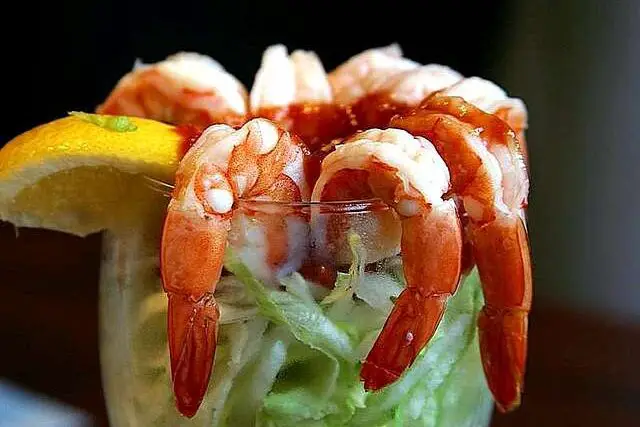
Shrimp cocktail has always had a flair of class, and in the 1960s, you could buy it canned and ready to go. The shrimp came swimming in a tangy tomato-based sauce, and all you had to do was chill it and serve it in a fancy glass. That made it a favorite for dinner parties and holiday spreads. Nothing said “we’ve made it” like cocktail shrimp in a delicate coupe glass.
Even though it came from a can, people still saw it as special. It felt modern and elegant—something your parents never had but now you did. Plus, it was easy. You didn’t have to peel or devein anything, which made it even more appealing.
6. Canned Tamales
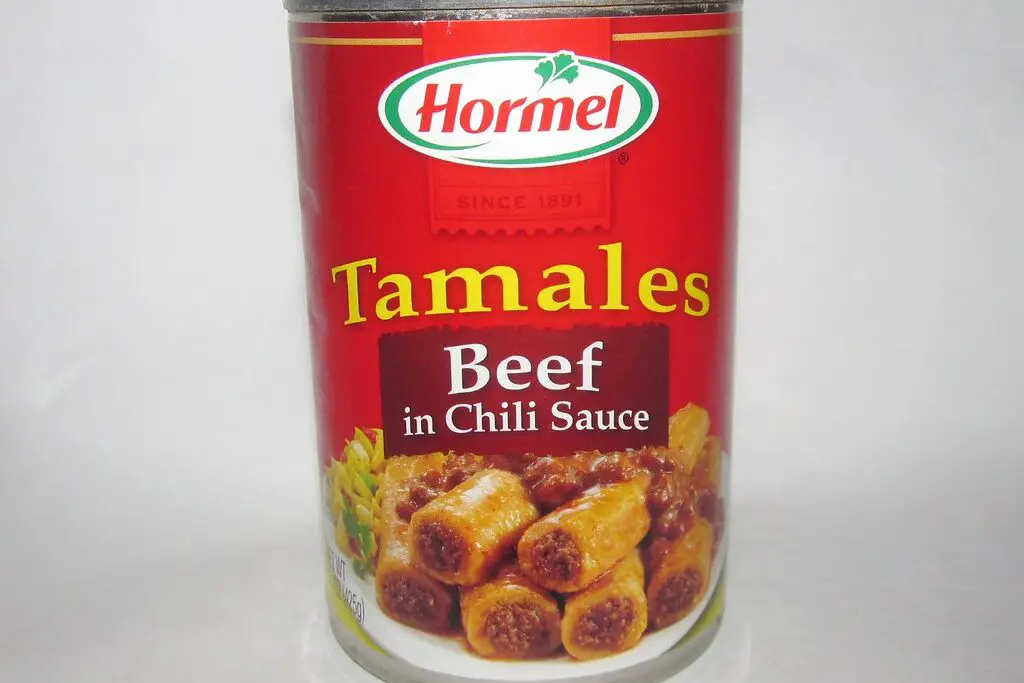
Canned tamales were wrapped in paper, swimming in chili sauce, and surprisingly popular. They gave people a taste of the Southwest with very little effort, and that exotic flair made them feel gourmet. The mild spice was just enough to feel adventurous without going overboard. And if you served them with a scoop of sour cream or some olives on top? You looked like a culinary genius.
They were a dinner shortcut, sure—but they weren’t considered low-brow. On the contrary, they brought a new flavor to the table and made meals feel more exciting. People loved that they could try something “different” without leaving their kitchen. And that chili sauce? Pure, savory gold.
7. Canned Mock Turtle Soup
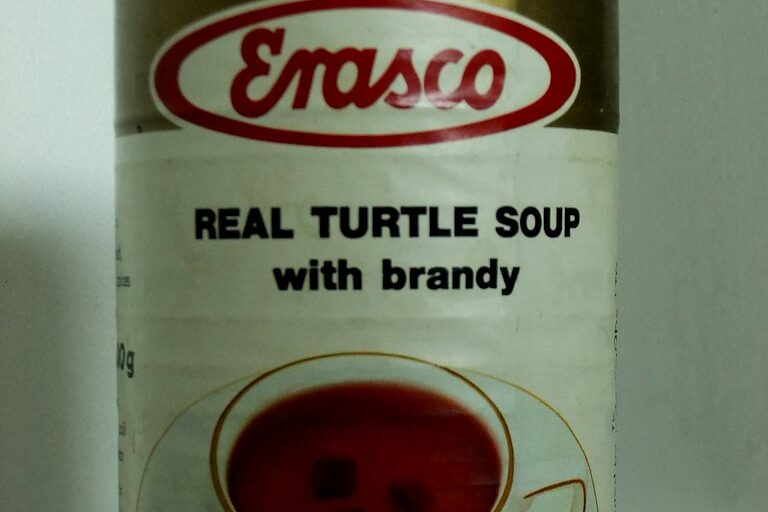
This odd-sounding dish actually had quite the high-end reputation. Mock turtle soup was meant to replicate the fancy English dish that used real turtle meat, but this version usually used calf’s head or other meats to create the same effect. When it came in a can, it meant you could serve something old-world and rich without going through the ordeal of making it from scratch.
Served with a splash of sherry or a slice of lemon, it was a nod to refined taste. It had that deep, savory flavor that felt indulgent and traditional. In many homes, it was brought out for special occasions or dinner parties. Because nothing said “class” quite like pretending to eat turtle.
8. Canned Spaghetti and Meatballs

While it might not sound gourmet today, this was considered a real treat in the 1960s. Italian food was still novel to many American families, and canned spaghetti with meatballs brought that foreign flavor home. It felt modern and metropolitan—like something you’d get in a big city restaurant. And with its thick tomato sauce and soft meatballs, it had a comforting richness that felt indulgent.
Families would heat it up and sometimes even sprinkle it with grated cheese or serve it with garlic bread. That little bit of embellishment made it feel like a restaurant meal. It was especially prized for being easy yet full of flavor. For many, it was their first introduction to Italian-American cuisine.
9. Canned Deviled Ham
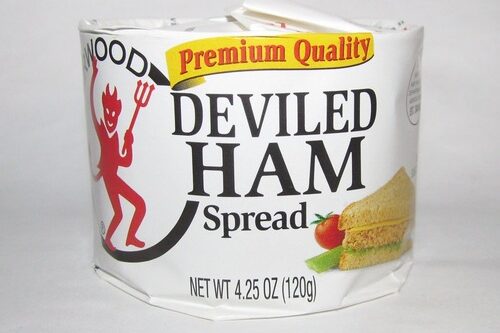
Deviled ham was a pantry staple that managed to feel a little bit fancy. It came in a small paper-wrapped can and had a spicy, savory flavor that felt elevated compared to plain old ham. Spread onto crackers or little sandwich buns, it became an easy hors d’oeuvre or tea-time snack. You didn’t need to do much—just open and serve.
Its punchy flavor gave it a “grown-up” edge. It was something you might have at a bridal shower or an afternoon get-together. The small serving size added to the charm, making it feel like a delicacy. People who served it with pickles or olives were thought to have excellent taste.
10. Canned Vienna Sausages in Aspic
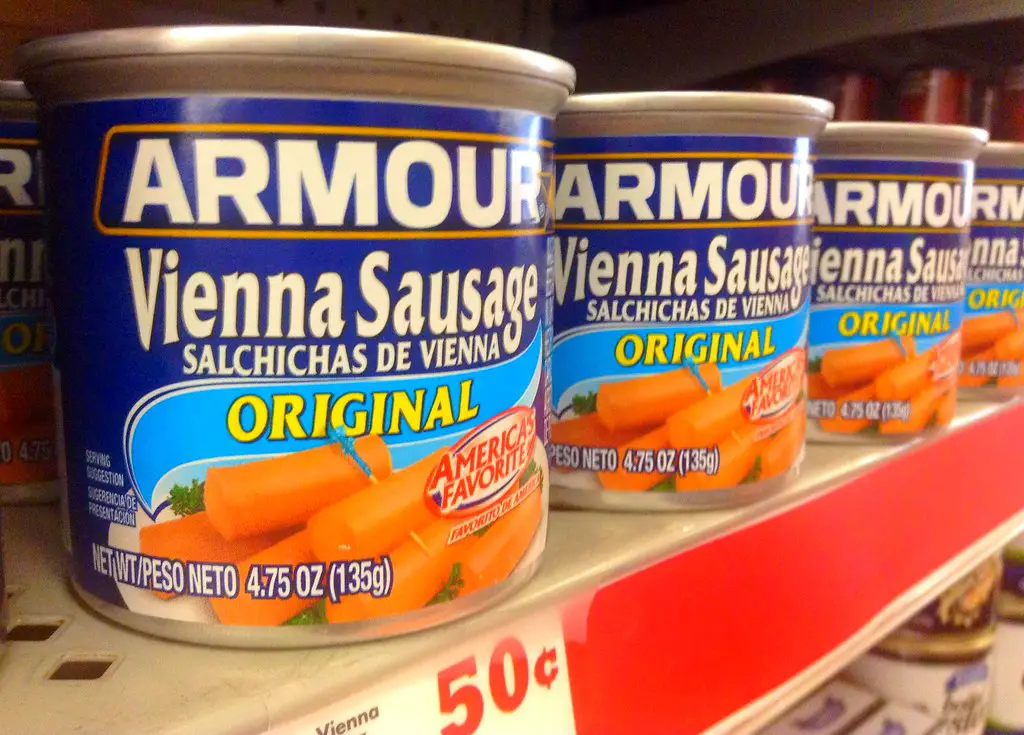
Vienna sausages were already considered a treat, but when they came in aspic—gelatinized broth—they were taken to another level. Aspic was trendy in the ’60s and seen as quite refined, especially in molded salads. So having tiny, delicate sausages floating in shimmering jelly was oddly fancy. You could serve them on a platter with toothpicks, garnishes, or alongside cheeses.
They were part of that culinary era where appearance mattered just as much as flavor. A little parsley, a little pimiento, and suddenly you had something that looked straight out of Better Homes and Gardens. Today, we might raise an eyebrow, but back then, it was the height of style. People felt proud serving them at luncheons or buffets.
11. Canned Fruit Cocktail in Heavy Syrup
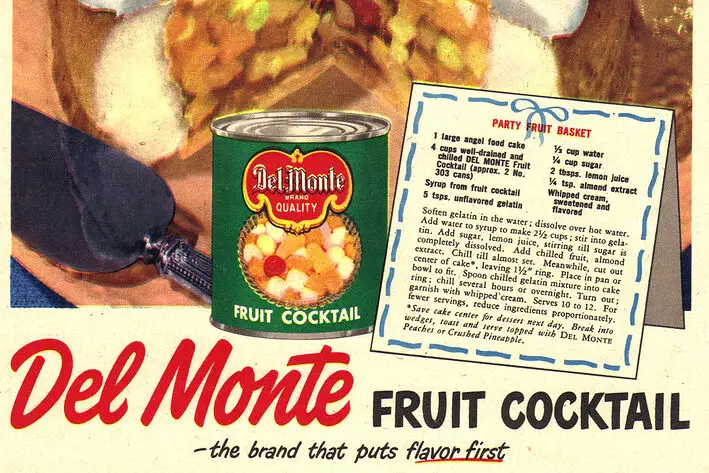
This was dessert and décor in one. Canned fruit cocktail had a certain sparkle to it, especially when served in glass dishes with a dollop of whipped cream. The mix of peaches, pears, grapes, and the prized maraschino cherry gave it that “special” feeling. And the syrup? So sweet and thick, it almost counted as a sauce.
People loved using it in gelatin molds or even as a topping for cakes and cottage cheese. It was endlessly versatile and always welcome at potlucks or after-dinner spreads. The variety of fruit gave it a colorful, festive look that felt indulgent. In the ’60s, it was the kind of thing that made people go back for seconds.
12. Canned Duck à l’Orange
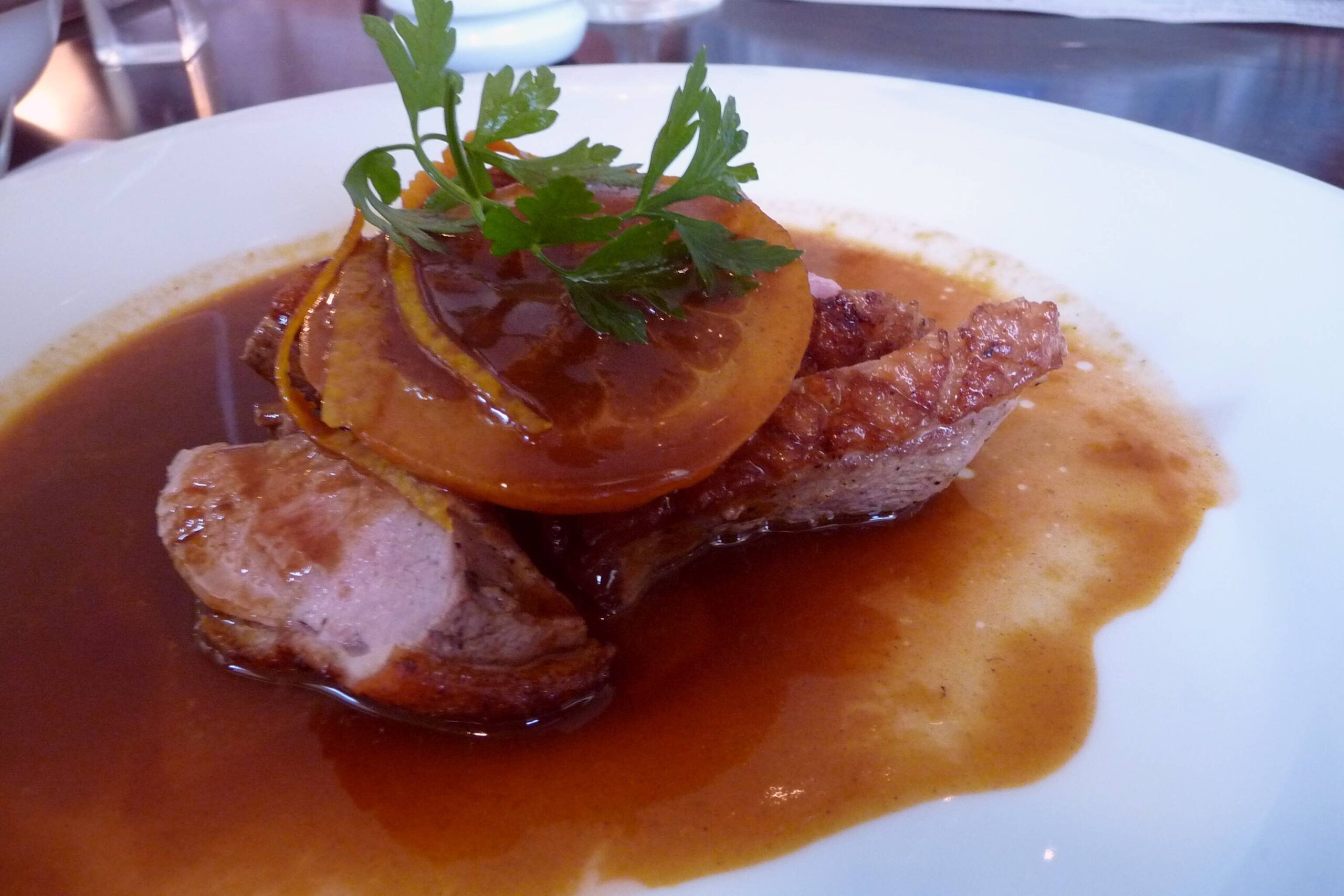
Now this was the pinnacle of canned sophistication. Duck à l’orange, a French-inspired dish, was rich, tangy, and impressive—even when it came from a can. The sweet orange sauce and tender duck meat created a balance of flavors that felt luxurious. It was a dinner-party showstopper that required no real culinary skill.
You just opened the can, heated it up, and maybe added a side of rice or green beans. Guests would be amazed, especially if you gave it a French pronunciation. It made home cooks feel like they were channeling Julia Child. And for that reason alone, it earned its spot among the gourmet greats of the decade.
